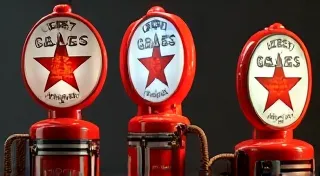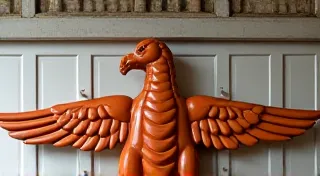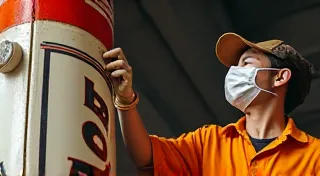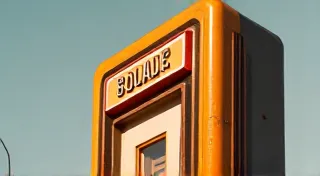Finding Vintage Gas Signs: Where to Look and What to Expect
The allure of vintage gas station signs is undeniable. They're vibrant pieces of Americana, testaments to a bygone era of roadside charm and automotive history. For collectors and restoration enthusiasts, the quest to find these iconic signs can be both thrilling and challenging. This guide will explore the various avenues you can pursue, offering insights into what to expect when hunting for vintage gas signs, from auctions and flea markets to the ever-expanding world of online marketplaces.
Understanding the Landscape of Vintage Gas Sign Collecting
Before diving into the hunt, it's crucial to understand the complexities of vintage gas sign collecting. Condition plays a monumental role in value. "As-found" signs, even in rough condition, can still command a price, especially if they’re rare or from a desirable brand. However, prices skyrocket for signs in excellent or restored condition. Rarity is another key factor. Certain brands, like Sinclair, Shell, and Texaco, are consistently popular and tend to be more valuable, particularly those with unique advertising slogans or designs.
Originality is paramount. Signs that have been heavily repainted or altered significantly decrease in value, unless the restoration is performed by a highly skilled and recognized professional, and properly documented. Be prepared to learn about different sign manufacturing techniques – porcelain-on-steel, embossed metal, painted wood – as these impact condition assessment and restoration approaches.
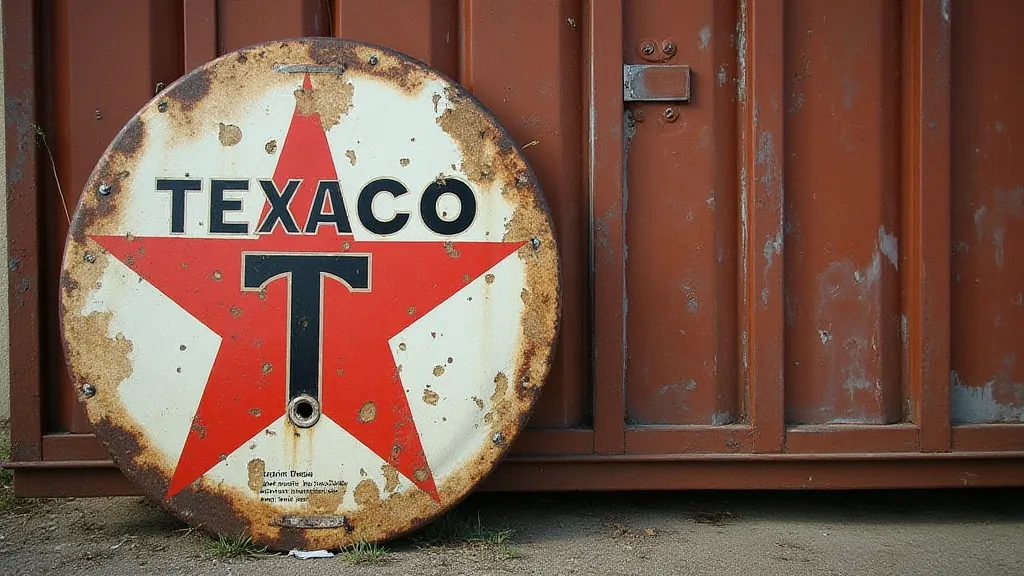
Auction Houses: The High-Stakes Game
Auction houses, both local and online, can be treasure troves for vintage gas signs. Specialized auctions focused on gas and automobilia are your best bet. These events attract serious collectors and dealers, meaning prices are likely to be competitive. But with competition comes potential for higher prices.
What to Expect at Auction:
- Pre-Auction Research: Thoroughly research the signs listed in the auction catalog. Understand their potential value and set a budget.
- Condition Reports: Request detailed condition reports from the auction house. Pictures are essential, but don't hesitate to ask for clarification on any concerns.
- Buyer's Premium: Factor in the buyer's premium, which is an additional percentage added to the hammer price. This can significantly increase your final cost.
- Bidding Strategy: Develop a bidding strategy based on your budget and assessment of the sign’s value. Don’t get caught up in bidding wars.
- Post-Auction Logistics: Arrange for shipping or pickup of your winning bid. Auction houses often have preferred shippers, but you can also use your own.
Flea Markets and Antique Malls: The Budget-Friendly Option
Flea markets and antique malls offer a more relaxed and potentially more affordable hunting ground. While the quality and rarity of signs may be lower than at auctions, you can sometimes stumble upon hidden gems.
Tips for Flea Market Success:
- Early Bird Gets the Worm: Arrive early to beat the crowds and secure the best finds.
- Haggle Respectfully: Negotiating prices is common practice at flea markets. Be polite and respectful in your offers.
- Inspect Carefully: Examine signs thoroughly for damage, repairs, and authenticity.
- Build Relationships: Get to know the vendors. They may be willing to give you a heads-up on new arrivals.
- Expand Your Search: Don't limit yourself to vendors specializing in gas signs. You never know where you might find a hidden treasure.
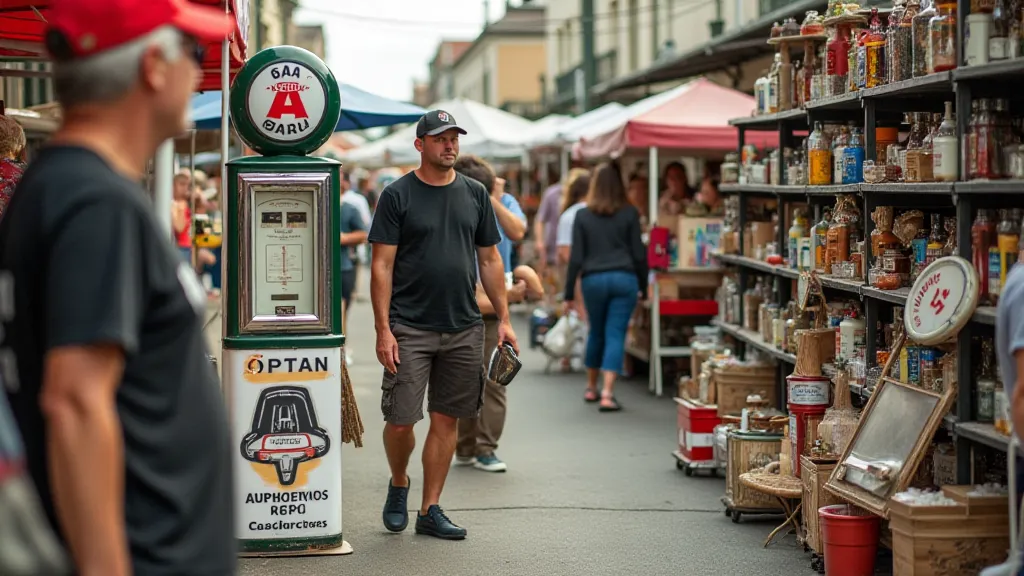
Online Marketplaces: The Global Search
The internet has revolutionized the vintage gas sign collecting world. Online marketplaces like eBay, Etsy, and specialized forums provide access to a vast selection of signs from around the globe.
Navigating the Online Marketplace:
- eBay: eBay offers a huge variety of signs at different price points. Carefully review seller feedback and descriptions.
- Etsy: Etsy is often a good source for restored or reproduction signs, but authentic vintage signs can also be found.
- Specialized Forums & Websites: Many online forums and websites cater specifically to vintage gas sign collectors. These platforms offer a community feel and often list signs not found on mainstream marketplaces.
- Ask Questions: Don’t hesitate to ask sellers for additional information, photos, or guarantees of authenticity.
- Be Aware of Shipping Costs: Shipping large and fragile signs can be expensive. Factor this into your budget.
Red Flags & Authenticity Concerns
The vintage gas sign market isn’t immune to fraud and misrepresentation. Be vigilant and be aware of potential red flags.
- “Too Good to Be True” Prices: Extremely low prices often indicate a problem – a reproduction, a heavily damaged sign, or a misrepresentation.
- Vague Descriptions: Sellers who avoid providing specific details about a sign's condition or authenticity are suspect.
- Pressure to Buy Quickly: Be wary of sellers who pressure you to make a hasty decision.
- Lack of Provenance: While not always essential, a documented history (provenance) can add value and authenticity.
- Inconsistencies: Look for inconsistencies in the sign’s design, colors, or manufacturing techniques that may indicate a reproduction.
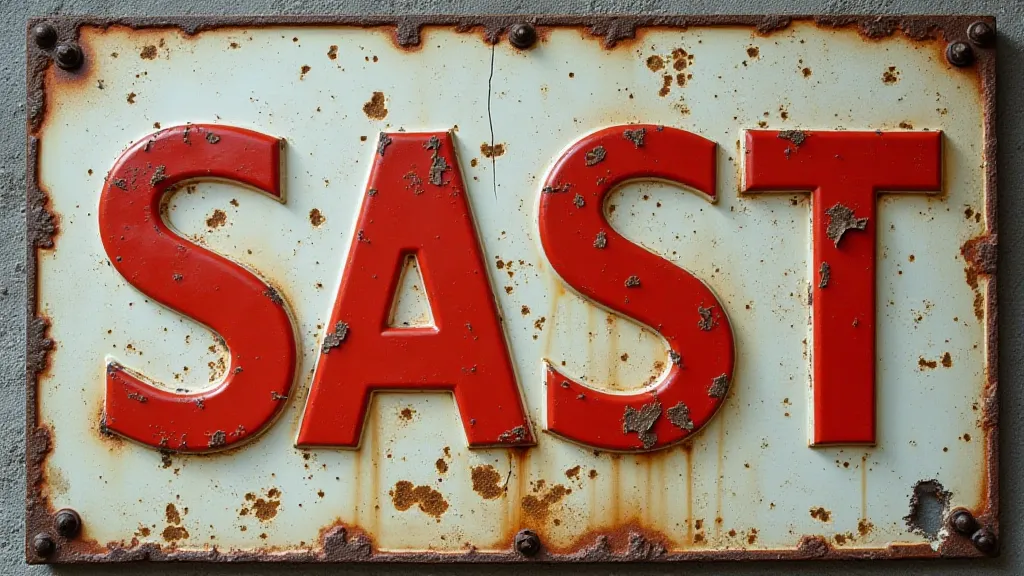
Conclusion: The Endless Pursuit
Finding vintage gas signs is a journey that requires patience, research, and a keen eye. Whether you’re a seasoned collector or a newcomer to the hobby, the thrill of the hunt and the satisfaction of owning a piece of automotive history make the effort worthwhile. Happy hunting!

